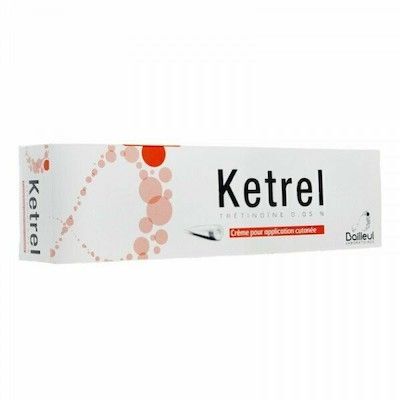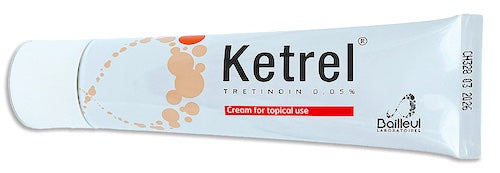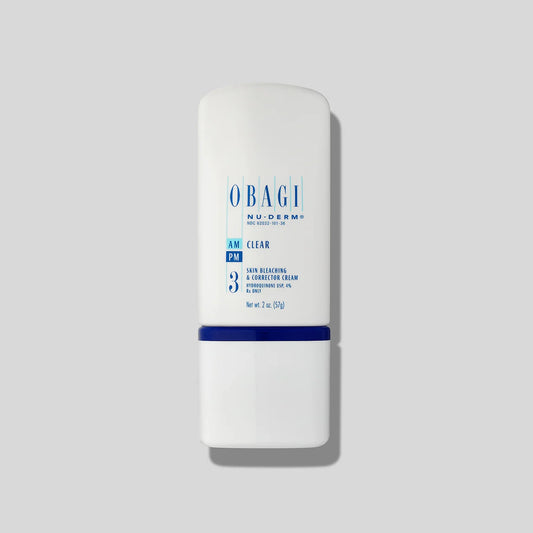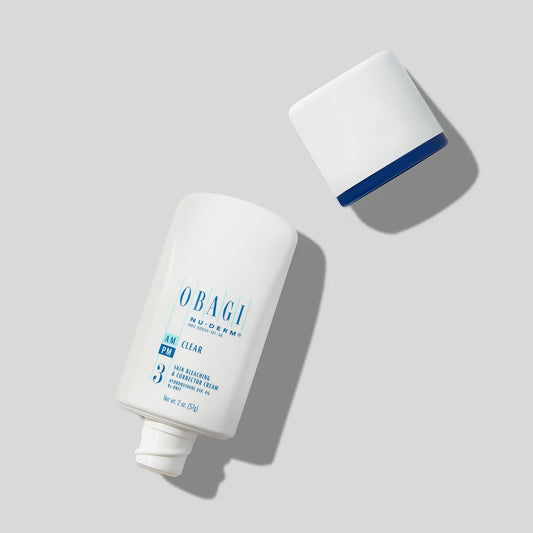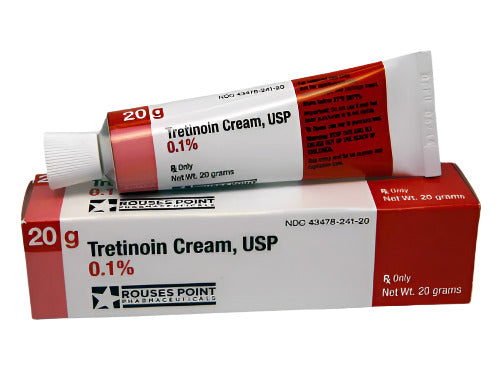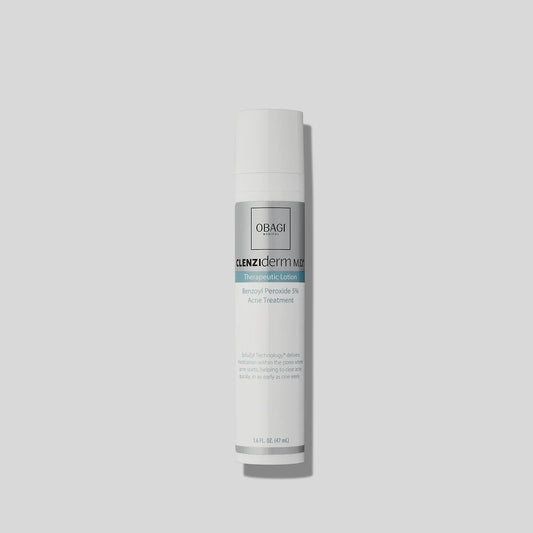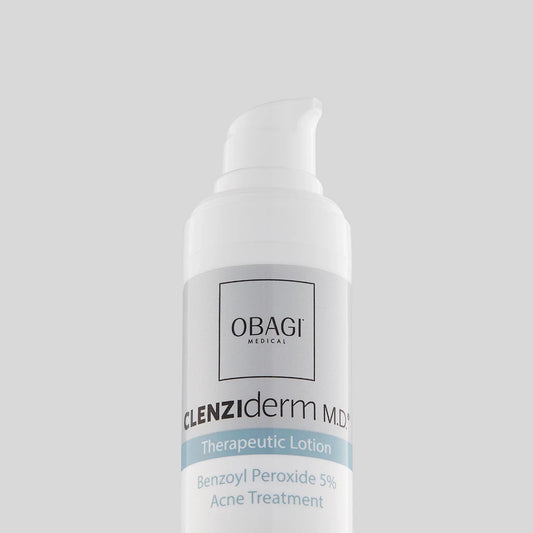TL;DR: “Glass skin” is a camera-friendly ideal, not a medical outcome. You can dramatically improve smoothness (texture), clarity (tone) and surface reflectance (hydration/barrier) with a smart routine, but the exact ceiling is individual. Filters and lighting exaggerate results; pore size is mostly genetic (you can minimise the look, not “shrink” them). The fastest wins come from gentle exfoliation, barrier-first hydration, sun protection, and targeted actives chosen for your skin. If you want the shortest path, take a free consultation and we’ll tailor it.
What “Glass Skin” Actually Is (and Isn’t)
-
The look: ultra-even tone, very fine texture, and a wet-sheen reflectivity that bounces light like polished glass. The term comes from K-beauty (“yuri pibu”). The routine trend that fuels it is heavy hydration layering (often called “skin flooding”). Likami
-
Why you keep seeing perfection: many viral posts rely on flattering lighting and skin-smoothing filters; even great skin has texture up close. A recent viral video from a Korean makeup artist shows pores plainly in sunlight; step back and a filter makes them vanish — that’s not skincare, that’s software. Hindustan Times
Mindset shift: Don’t chase an aesthetic designed for a camera sensor. Aim for your best blend of texture, clarity, and healthy reflectance that holds up in real life.
The Three Pillars of a “Glass” Effect
1) Texture Smoothness (feel of the skin)
-
What helps (home):
-
Chemical exfoliation 1–3×/week (AHA for dryness/dullness; BHA if you’re congested).
-
Prescription retinoids (tretinoin) or OTC retinol for long-term refinement of fine lines and roughness (start low, go slow; use nightly as tolerated). Strong evidence supports tretinoin for photoageing texture and tone over months. Nature+3PMC+3PMC+3
-
-
What not to expect: no topical can permanently “erase” pores. You can clear and tighten the look; you can’t change the opening size you were born with. AAD+1
2) Tone & Clarity (evenness of colour)
-
What helps:
-
Daily SPF 30–50 (broad-spectrum) to prevent the very damage that creates mottling and dullness.
-
Vitamin C in the morning for brightness (L-ascorbic acid 10–20% if you tolerate; gentler derivatives if sensitive).
-
Azelaic acid (15–20%) for redness, PIH and uneven tone; friendly to acne-prone and rosacea-prone skin.
-
-
Reality check: Even on flawless feeds, redness, PIH and diffuse pigmentation are often concealed with lighting, filters and makeup. Hindustan Times
3) Surface Reflectance (the “glass” shine)
-
What helps:
-
Humectants (glycerin, hyaluronic acid, polyglutamic acid) + light occlusives (squalane, dimethicone) to pull in and hold water at the surface.
-
Niacinamide (2–5%) can reduce excess sebum over weeks, improving the way light reflects without greasiness. PubMed+1
-
-
Trap to avoid: heavy “glazing” layers that pill or flake under SPF/makeup. See the pilling fixes below.
Can You “Shrink” Pores? (The Honest Answer)
Short answer: no, not permanently. Pore visibility tracks with genetics, oil output, clogging, and collagen support. You can make them look smaller by:
-
keeping them clear (BHA/salicylic acid),
-
supporting collagen (retinoids, sun protection),
-
reducing surface oil (niacinamide),
-
and not inflaming the skin (gentle cleansing, no harsh scrubbing). AAD+1
If You Came for “How to Get Glass Skin”, Do This Instead
A. 24-Hour “Camera-Ready” Routine (fastest visible boost)
-
AM cleanse (gentle) → vitamin C → niacinamide → light gel moisturiser → SPF 50.
-
Makeup bridge (optional): hydrating primer; sheer, light-reflecting skin tint; micro-powder only in T-zone; mist lightly.
-
Pre-photo hack: tap a rice-grain of balmy moisturiser on high points (cheekbones, bridge of nose). Avoid the sides of the nose to prevent shine pooling.
This delivers the glossy “finish” without over-loading layers that flake 3 hours later.
B. 2–8 Weeks: The Noticeable-in-Real-Life Plan
-
Night: retinoid 2–4×/week (work up), sandwich with moisturiser if sensitive. Strongest texture/tone improvements come from tretinoin (Rx) over time; retinol is the gentler alternative. PMC+1
-
1–2×/week: AHA (dry/dull) or BHA (congested). Never on the same night as your starter retinoid phase.
-
Daily: niacinamide 2–5% (oil balance), barrier cream with ceramides, SPF every morning. PubMed
C. 12+ Weeks: Structural Payoff
-
Expect smoother texture, more even tone, and a natural, hydrated sheen that lasts the whole day — not a one-hour “filter effect.”
-
For acne scarring, pores that look enlarged, or melasma, you may need professional treatments (microneedling, peels, lasers) plus home care. (We’ll advise what’s worth it vs what’s marketing in a free consult.)
Pilling & Flaking: Why Products “Stop Working” Mid-Day (and how to fix it)
Why it happens: too many layers, incompatible textures (water-in-silicone over oil-heavy gel), or over-exfoliated, tight skin.
Fixes:
-
Keep water-light → emulsion → cream → SPF order.
-
Cap humectants with a thin, non-greasy occlusive (dimethicone/squalane) so moisture has somewhere to sit.
-
Reduce exfoliation to ≤3×/week if you feel “tight” by lunchtime.
-
Check SPF and primer bases: many silicone-heavy formulas pill if layered over tacky gels.
Choose Your Track by Skin Type/Concern
-
Oily / Congested: gentle foaming cleanse; BHA 2–3×/week; niacinamide daily; lightweight gel-cream; non-comedogenic SPF. Retinoid at night. Avoid stripping cleansers (they can rebound oil). AAD
-
Dry / Dehydrated: cream or milk cleanser; AHA 1×/week; HA + glycerin serum; ceramide moisturiser; SPF; retinoid 2×/week max at start; consider azelaic acid for dullness/rosiness.
-
Combination: BHA just on T-zone; AHA cheeks 1×/week; layer humectants centrally, richer cream on perimeter.
-
Acne-prone: BHA + azelaic acid; introduce retinoid gradually; avoid occlusive “glaze” looks; SPF gels.
-
Redness / Rosacea-prone: skip fragrance and hot scrubs; patch-test vitamin C (or use derivatives); azelaic acid often shines; barrier-first routine; mineral SPF preferred.
Ingredients With Real-World Evidence (Cheat Sheet)
-
Tretinoin (Rx): gold-standard for photoaging; improves fine lines, mottling, and roughness over months. Expect temporary irritation; use slowly, consistently. PMC+1
-
Retinol (OTC): milder retinoid; decent long-term gains but generally less robust than tretinoin. Nature
-
Niacinamide (2–5%): supports barrier and can reduce sebum over weeks, improving pore visibility and shine balance. PubMed+1
-
AHA/BHA: smooth superficial texture, brightness, and decongest pores (BHA).
-
Vitamin C: antioxidant brightening; improves look of uneven tone when used with daily SPF.
-
SPF: prevents the very changes (pigment, collagen loss) that fight the “glass” effect.
Myth vs Reality (Quick Hits)
-
“A single serum can give everyone glass skin.” Nope. Skin biology, conditions, and age change both response and ceiling.
-
“You can shrink pores.” You can clear them and support collagen — not re-engineer their diameter. AAD+1
-
“That influencer’s glass skin is natural.” Often filters/lighting; even great skin has texture. Hindustan Times
-
“More layers = more glow.” Past a point, you get pilling, irritation, and flakes.
A More Honest Promise Than “Glass Skin”
-
You can get significantly smoother texture, more even tone, and a fresh, reflective finish that looks good in person and on camera.
-
You can’t copy-paste someone else’s biology or their lighting setup — and you don’t need to.
Want the efficient route? Get a free consultation and we’ll build a realistic, tailored plan for your skin type, budget, and timeline.
FAQ
Can I get glass skin overnight?
You can fake the finish for a few hours (hydrating layers + strategic makeup). Real texture/tone changes need weeks to months with retinoids, acids and SPF. PMC
Are “skin flooding” routines safe?
Yes if your barrier tolerates them. If you’re pilling or stinging, scale back layers and exfoliation; prioritise barrier repair.
What about professional treatments?
Great for scars, stubborn pigment and pore appearance when chosen carefully. They work best when home care already supports barrier and SPF daily.
Do men and mature skin benefit?
Absolutely. Expectation-setting matters: collagen support (retinoids), tone correction (SPF, vitamin C, azelaic acid) and smart hydration help at any age. PMC
Sources & Further Reading
-
“Glass skin” trend context and hydration layering (“skin flooding”). Likami
-
Filters/lighting vs reality (viral video). Hindustan Times
-
Pores: what’s possible vs genetic limits (AAD; Cleveland Clinic). AAD+1
-
Retinoids for photoageing (systematic reviews and trials). PMC+1
-
Niacinamide and sebum reduction. PubMed+1


